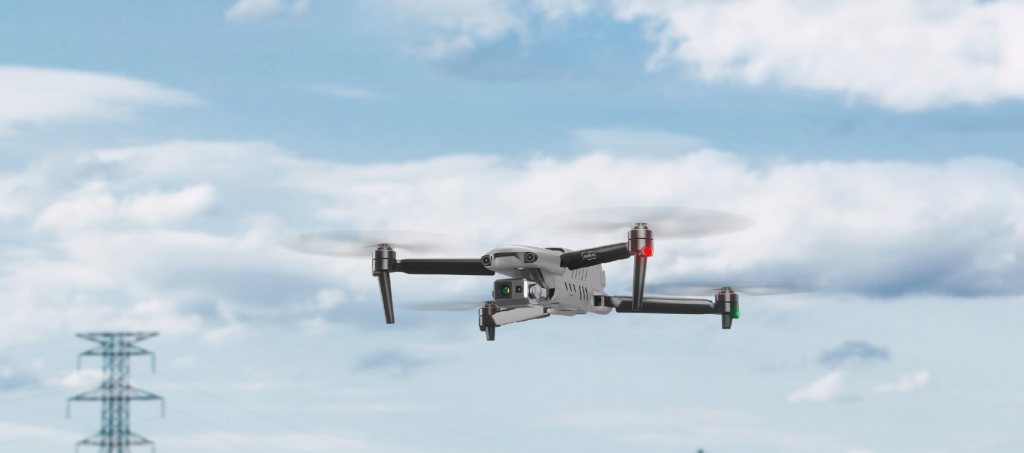Global Positioning System (GPS) plays a crucial role in the field of UAV, which provides accurate location information and navigation functions for UAV, enabling UAV to achieve autonomous flight, precise positioning, and mission execution. In this paper, we will analyze the GPS module of UAV, including its principle, working mode, application scenarios, and related technology development trends.

1. Principle of GPS module
The GPS module calculates the current position, speed and time of the UAV by receiving signals from the satellite system. It mainly comprises a receiving antenna, receiver, signal processor and power supply.
The receiving antenna receives the GPS signals from the satellite, and the receiver converts the signals into digital signals and transmits them to the signal processor, which decodes and processes the signals and finally derives the position information.
2. GPS module working mode
The basic principle of GPS module is triangulation. It needs to receive signals from at least three satellites and calculate the position where the UAV is located by measuring the signals’ propagation time and the satellites’ position information. As the number of satellites increases, the positioning accuracy will improve.
3. GPS module application scenarios
Autonomous flight: GPS module can make UAVs fly autonomously without human control, just set the target point or route in advance, and the UAV can fly according to the predetermined path.
Precise Positioning: The GPS module can provide high-precision positioning information, enabling the UAV to precisely locate the target in complex environments.Mission Execution: The UAV can execute various missions through the GPS module, such as aerial photography, mapping, and cruise monitoring.
4. Technical development trend of GPS module
With the continuous development of technology, the performance and functions of UAV GPS modules are also improving. The future development trend mainly includes the following aspects:
High-precision positioning: through the use of multi-frequency band and multi-system satellite navigation technology, the positioning accuracy of UAVs can be improved to meet the needs of more application scenarios.
High reliability: improve the anti-interference ability and stability of GPS module, and improve its reliability and stability in complex environments.
Multi-mode navigation: Combine GPS with inertial navigation, visual navigation and other technologies to realise multi-mode navigation and improve the navigation accuracy and reliability of the UAV.
Conclusion
The UAV GPS module is the core component of the UAV navigation system, which provides the UAV with precise positioning and navigation functions, enabling the UAV to achieve autonomous flight, precise positioning and mission execution. With the continuous development of technology, the performance and function of the UAV GPS module will be continuously improved, providing a broader development space for the application of UAVs.
